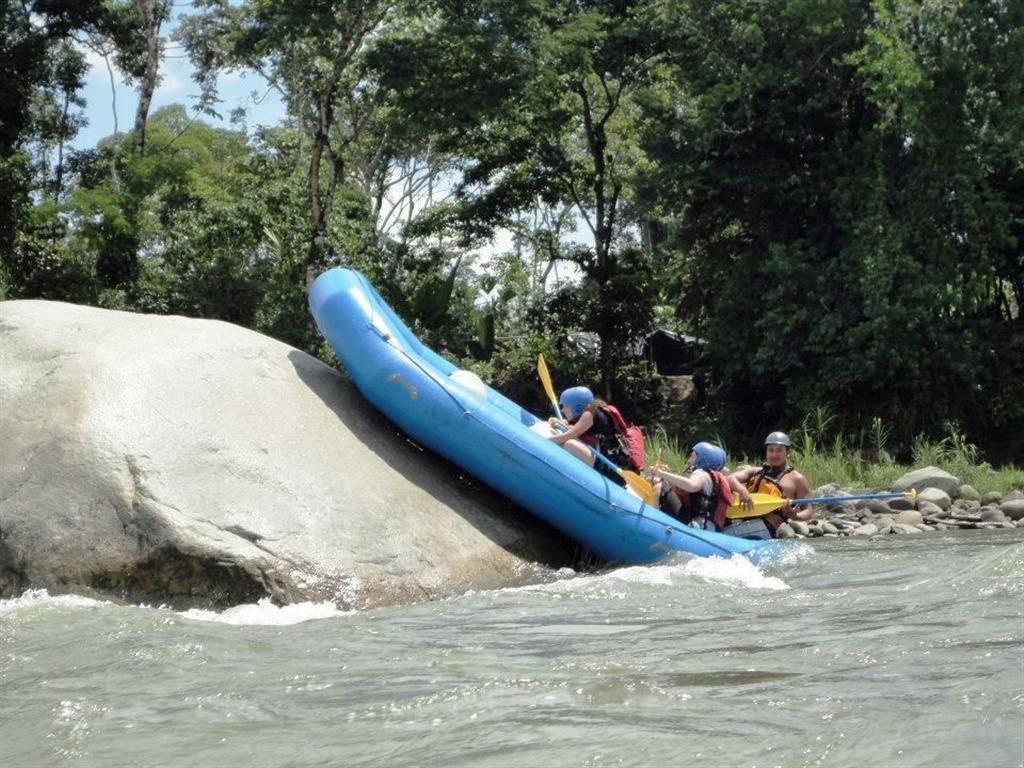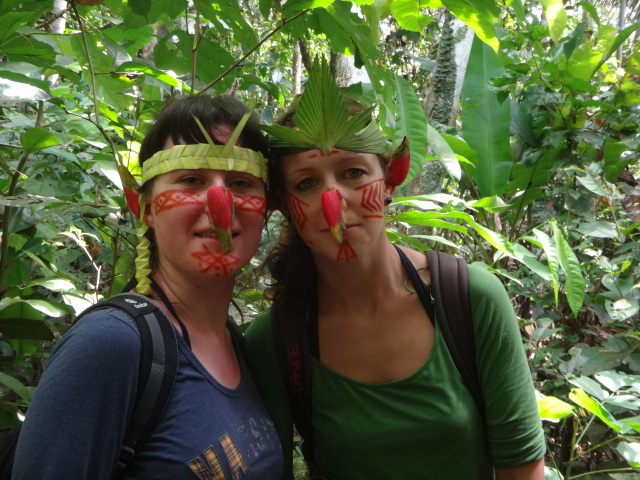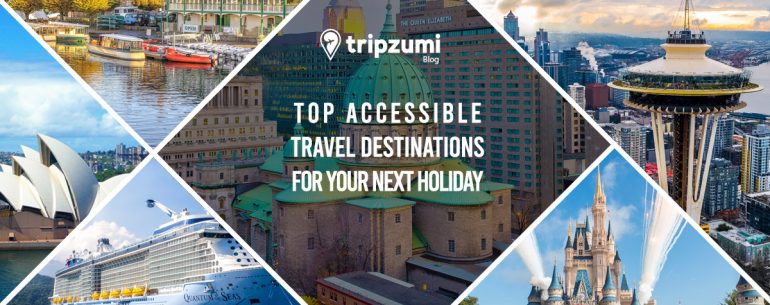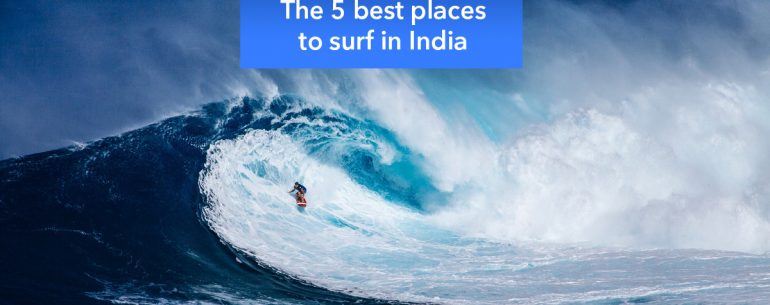Tena in Ecuador is the jumping off point to experience the El Oriente or the Ecuadorian slice of the Amazon basin and lower Andes. Blessed with pristine Amazonian jungle and rivers, this sleepy little Ecuadorian town is best known for its excellent kayaking and white water rafting. Some contend that it vies for top spot as white water destination of the world. This part of the Andes is also home to a large number of indigenous Quechua people. Conversion to Catholicism has not prevented them from continuing to follow indigenous cultural practices. The figure of the Shaman continues to hold a revered position.
Many, from different corners of the world make it to this neck of the woods for a spiritually transcendental experience. We had a chance encounter with one such couple, a young Uruguaian girl and her Brazilian boyfriend. They had been cycling all over South America from Panama making their way down all the way to the tip of South America; Ushuaia in Argentina. They have been doing it now for four years and with no real money. They live in the tent they cart around in the side of their bicycles along with all their other meagre worldly possessions.
Busking and juggling for cash, both of them seemed extraordinarily content leading almost hermetic lives often bartering little trinkets they make by hand for food and drink. Locals they had befriended invited us to drinks with the two of them on the balmy Sunday evening. Sundays are dry days in Ecuador. Sale of alcohol is banned.
“We are Quechua people. These rules don’t apply to us,” they laughed passing around bottles of frothy beer.

They were not the only interesting people we encountered. The next day, our youthful white water rafting and kayaking Quechua instructor, Eduardo Andi was a mine of information. An experienced instructor, he expertly handled the raft, rapping out succinct instructions and safety guidelines. As we smoothly negotiated grade III and grade IV rapids, he ensured that all participants had a thrilling expedition. We glided at steep angles on to rocks in the middle of the river Napo under his tutelage. At other times he playfully upturned the entire raft and all of us drifted downstream lazily on our backs for a while before pulling us all back in for the next set of rapids. At one point, we stopped and looked for special stones the Quechua people use to extract red paint from. He rubbed it together and painted our faces with warrior like stripes. All the while, he gave us snippets of information on life, culture and linguistics of his people.

On the final stretch as we floated down the river at a sedate pace, we noticed people on the banks with large metallic sieve like contraptions. We looked towards Eduardo for explanation.
“They are panning for gold, “he explained. “ Oro or gold is found in fairly large quantities here.”
In a sudden surge of magnanimity, Eduardo who had taken an impulsive liking to us invited us to his family home deep in the jungle.
“I can teach you,” he heartily extended. “Also, my uncle is a Shaman. I can arrange for a private ayahausca ceremony for you tonight,” he beamed.
Having budgeted at least a few days for the El Oriente, we didn’t let the opportunity to experience Quechua life up close slip. We unhesitatingly accepted the offer. Fortunately for us, coincidentally, Eduardo’s uncle and aunt were making the trip back to the jungle the same day in their pickup truck and offered us a lift.
Five hours on we were shaking hands with Eduardo’s father and mother in their traditional wood house in the jungle. We were introduced to a large extended family including what looked like an army of chicken that had made their home high up on the branches of a large mango tree that grew bang in the middle of an extensive courtyard.
“I am sorry,” his mother said but I won’t offer you food. Ayahuasca is best taken on an empty stomach but tomorrow his uncle, the Shaman will give you hearty brunch,” she promised in Spanish.
We were invited instead to select rubber boots for squelching in the mud. This was not our end destination. We had a hike deeper into the jungle to the river lodge they had built by the river Napo where the ayahuasca would be cooked for six long hours.
His father and uncle, the Shaman took off to the jungle to forage for the yage vines and other complementing leaves that were to be used to make the brew. They brought it back and cut and peeled them into smaller pieces to be thrown into the pot.
Twilight had set in by the time we were ready to set out. With all the ayahuasca ingredients neatly bundled into a sack, the Shaman heaved it onto his shoulders ready to lead us on to an exciting spiritual adventure.
Feature image- Whitewater rafting in Ecuador.
( To be continued in Part 2)



Great experience and journey on taking the Ayahuasca ceremony. Yes it is true that Ayahuasca is more effective when drank at an empty stomach. Your article is amusing to read. Keep up the good work.